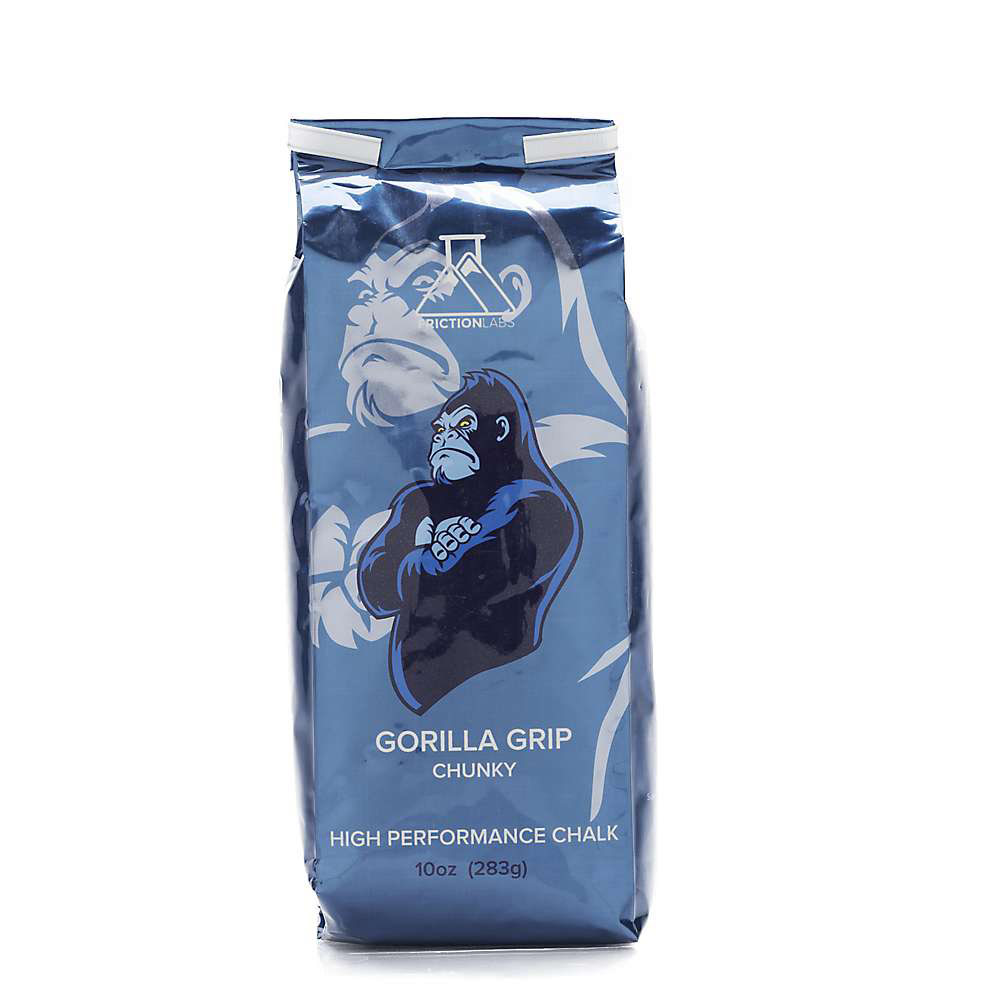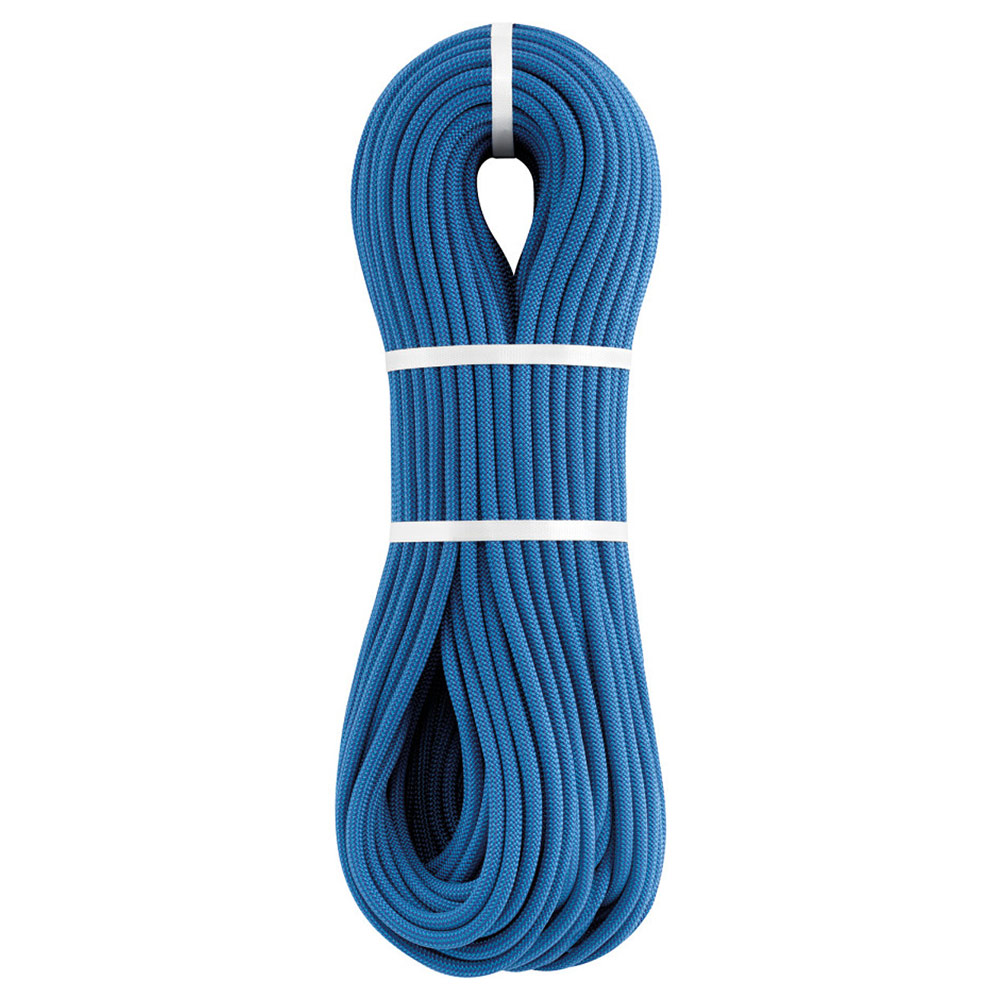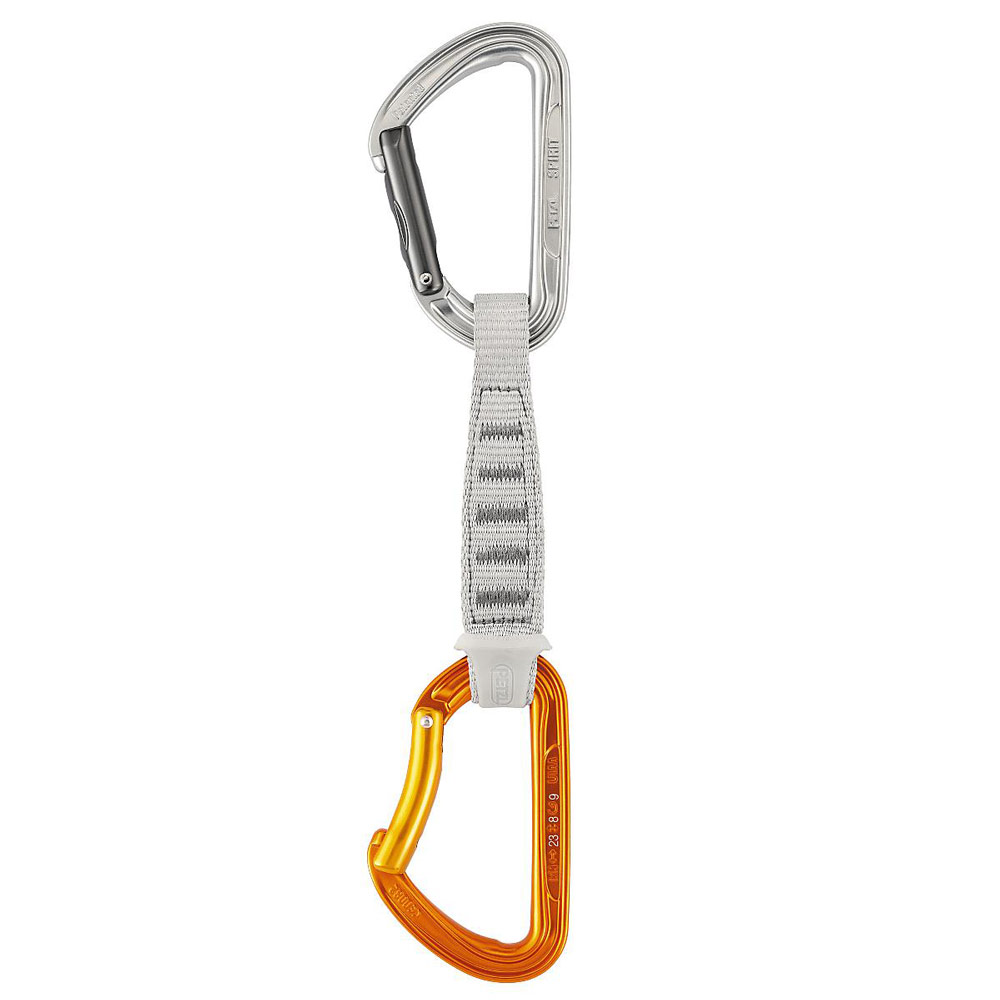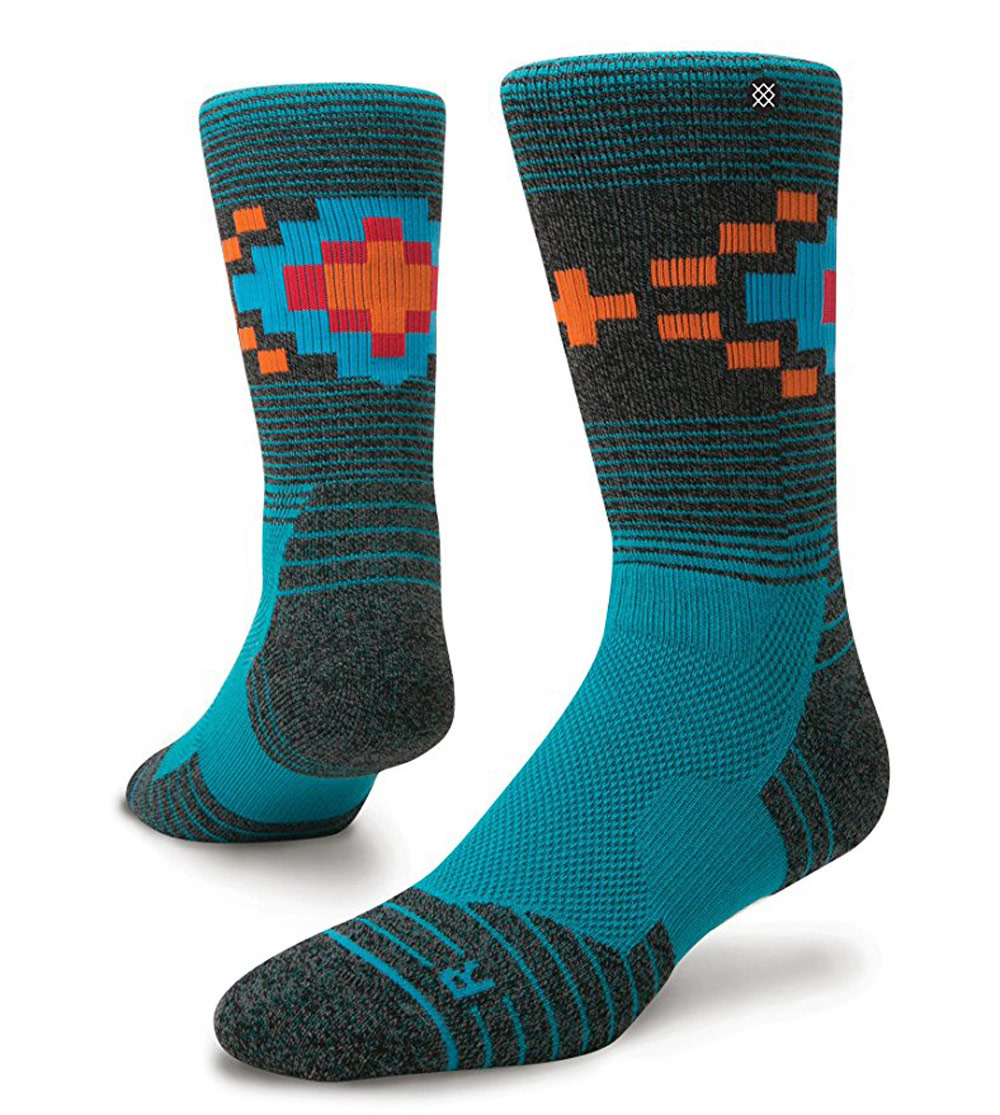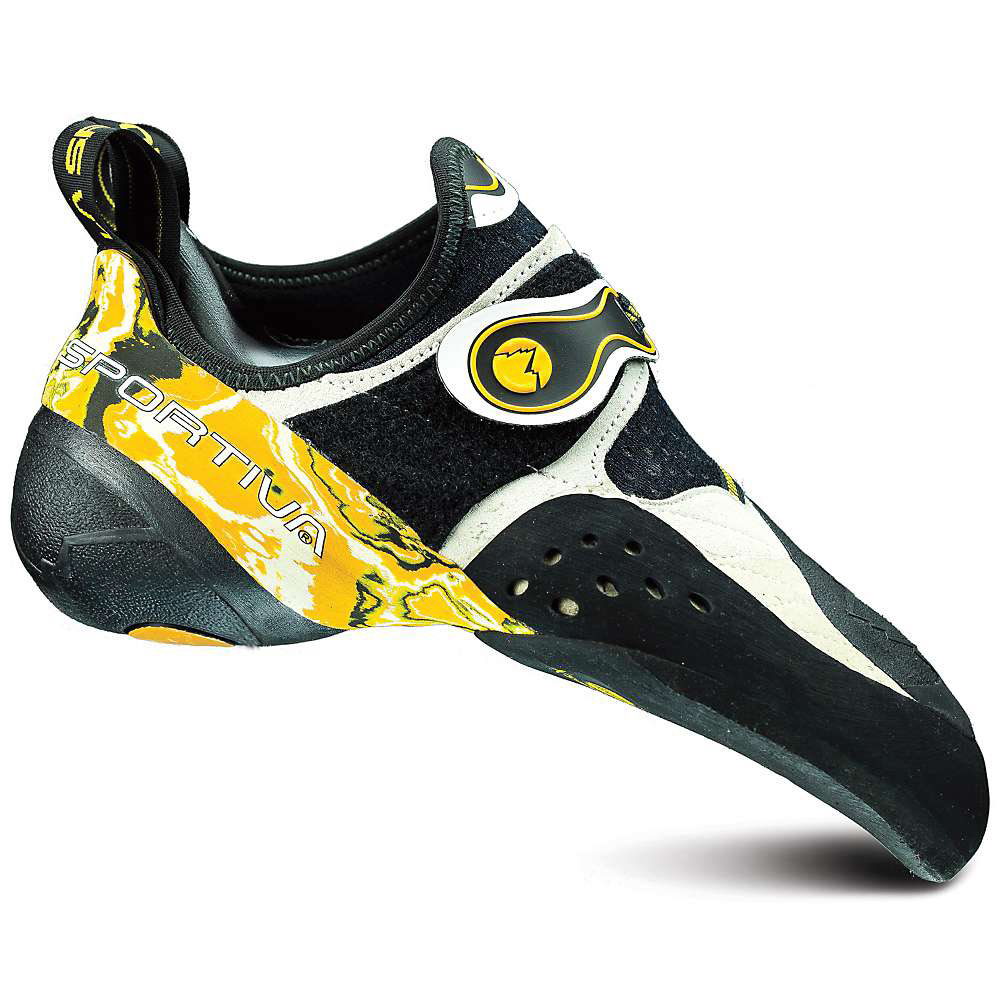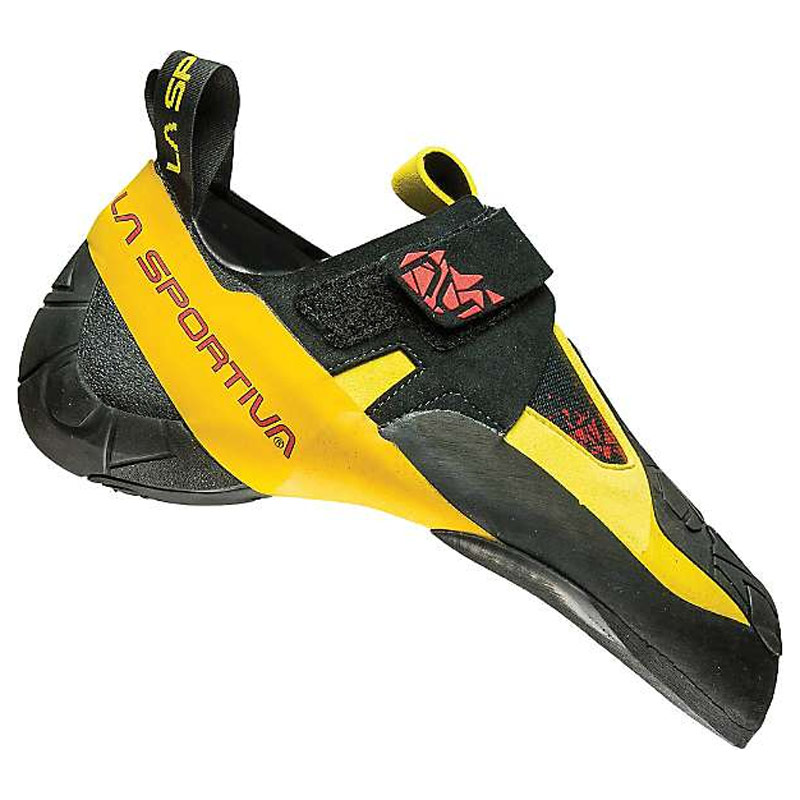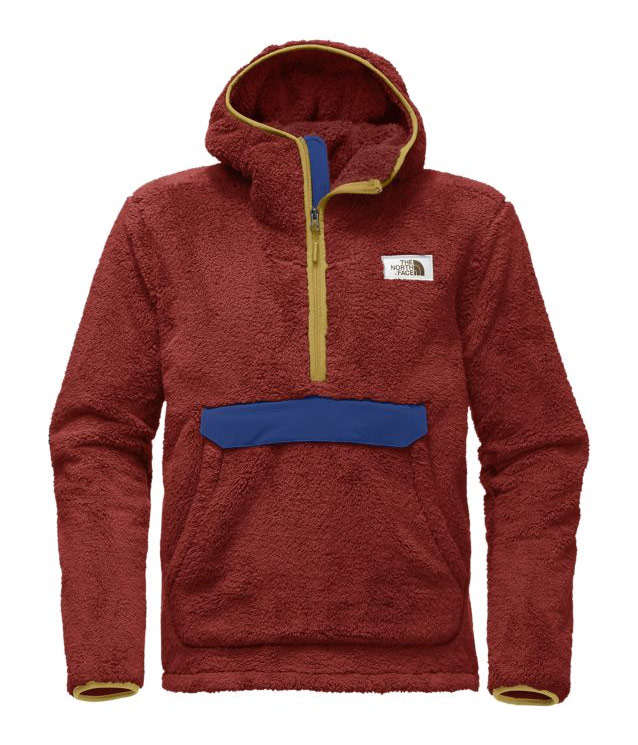M
argo Hayes is on fire. The 20-year-old rock climber was the first woman to climb a 5.15a grade route (on La Rambla in Catalonia, Spain) in February of last year — and she’s already repeated that feat this past September with an ascent of Biographie/Realization. While grades are somewhat subjective, those two climbs are some of the toughest in the world, and she accomplished both in just one year.
After sending La Rambla, Hayes garnered serious media attention outside of the climbing world, which is especially rare for climbers. She became a North Face sponsored athlete, was recently featured in Outside magazine and she’s now one of the central forces behind The North Face’s newest ad campaign #SheMovesMountains.
Even through her Instagram feed, you can feel Hayes’s exuberance for the sport. After each competition, she thanks every single person involved, posts images of fellow climbers wishing them well on future climbs and congratulates them when they send one.
But Hayes’s next big feat could bring her even more recognition than sending 5.15a. In 2020, there’s the possibility that Hayes could represent the U.S. at the Olympics, where climbing is a new sport. “It would be a dream come true [to compete]. There’s tough competition and many people are shooting for that, but you don’t obtain anything you don’t try,” Hayes says.
We caught up with Hayes to hear about her training philosophies, her love for climbing, the art of pushing yourself and the gear that takes her to the top of some of the world’s toughest climbs.

Photo: Clayton Boyd/The North Face
Q:
What is it that you love about climbing?
A:
I love the movement. I love how I feel connected to the rock when I’m outdoors. Normally I don’t use metaphors such as beating the climb or conquering the climb — most of the time it’s being one with the climb. I like to keep a really positive relationship with any project that I have, and that’s just my method. I have a lot of respect for our earth and our planet so when I get to be a part of that and I get to climb, I feel so much respect and appreciation for what I’m climbing on and experiencing.
Q:
How do you get yourself in a mental state to compete every week?
A:
I always remind myself why I’m doing it — because it’s something that I love. When you head to a competition, you really look at the exciting aspects of it, and each time you compete it’s a chance to succeed and challenge yourself. It’s really fun. It’s also a chance to learn from the other competitors. And see how you can improve.
Q:
You’ve been climbing for 10 years, what has kept you going?
A:
Climbing is an evolution. From its roots in mountaineering and competition climbing, outdoor sport climbing, bouldering, there are so many different avenues and each continues to change, so you’re always learning. It’s not something you can conquer. It’s not like you can solve the equation and then it’s not difficult, there’s always a way to improve. I love that aspect of change and of growth and learning. I feel a strong connection between my mind and body and I feel best when I’m on the wall; when I feel like from my head to my toes is completely in sync, in a rhythm, some kind of dance.
Q:
What was it like when you accomplished sending Biographie?
A:
There were a lot of ups and downs in that process. That climb took me much longer than La Rambla did — partially because it was more mentally difficult. It’s a historical climb that comes with a lot of weight — it’s hard to treat like any other climb.
My mom was visiting me in France, helping me move out and she said “Okay if you get your whole apartment packed up, then sure we can go back up.” For me it’s about a 50-minute hike uphill, It’s steep, and you can see the wall the whole time, so it’s like you’re already climbing once you leave the parking lot. On my first try of the day, I didn’t do it. My mom was going to head down, but then she was like “Oh I’ll just stay.” And on my second try I ended up doing it. My mom is the person I’m closest to, so it was really cool to have her there.
Q:
When you first heard about indoor climbing at the 2020 Olympics, what were your emotions?
A:
I was really excited. I think it’s going to be great for the sport, and I think it’s going to open up peoples’ eyes to the world of climbing. If other kids and adults can enjoy the sport as much as I do and as much as the rest of the community does, then it’s a gift we’re giving to that population that is currently unaware of such an amazing sport.


